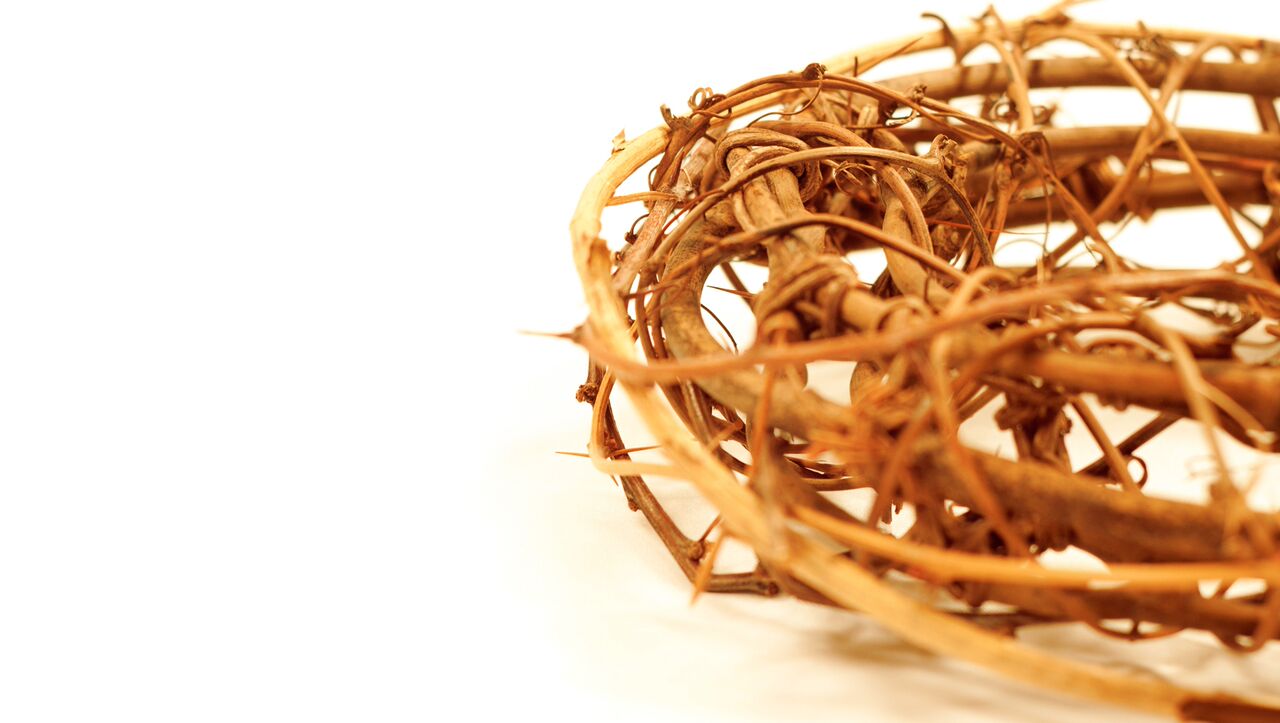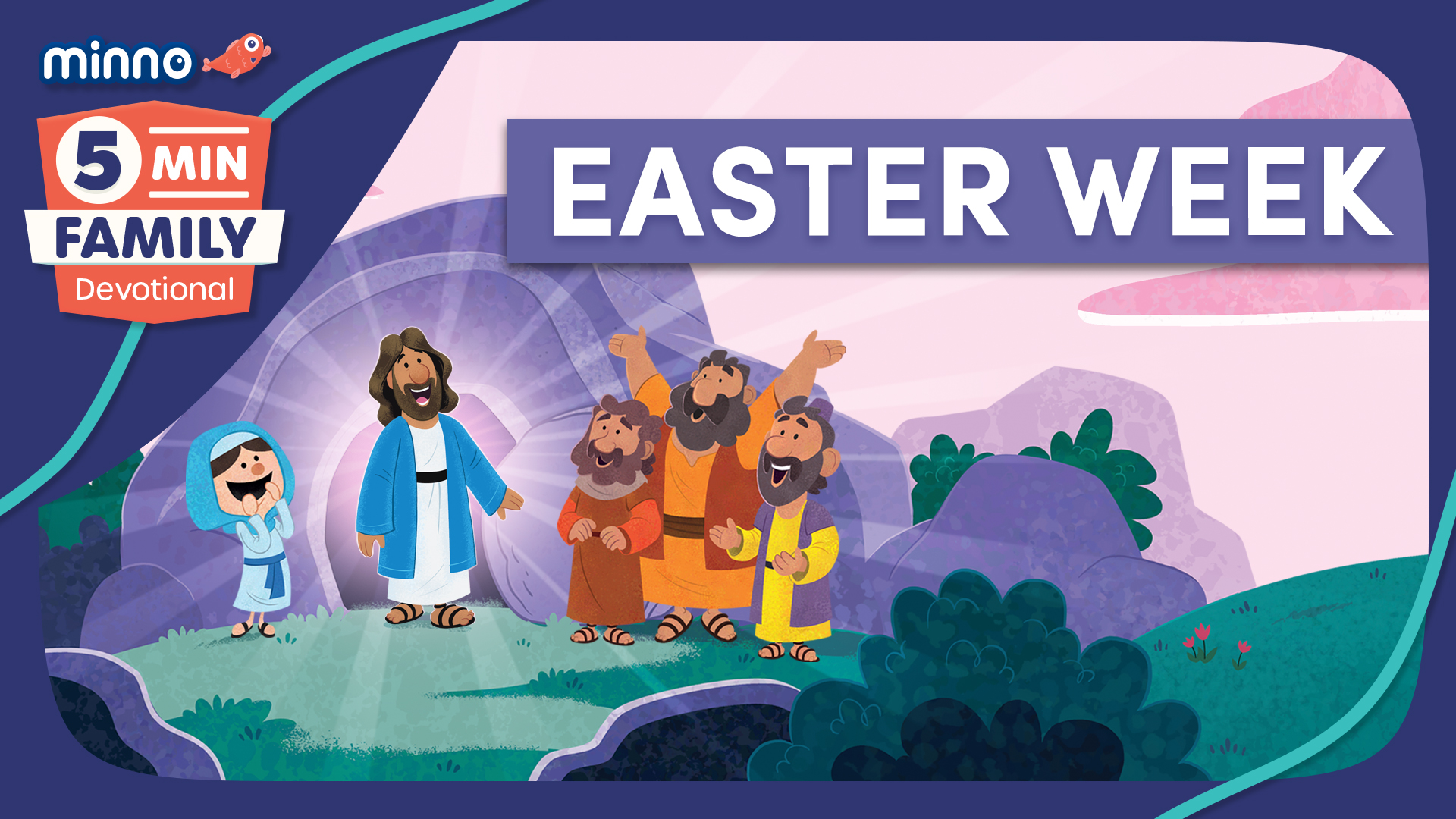What is Holy Week?

What is Holy Week?
Holy Week marks the final week of the season of Lent and it recounts the final days of Christ’s life, as well as his death, burial, and resurrection. In the early developments of this tradition, Good Friday and Holy Saturday were the first to be designated as holy days. Some early accounts also included Easter Sunday morning. It was not until the 4th century that Thursday became a holy day, and Wednesday was later added in remembrance of Judas’ plot to betray Jesus. The remaining days were added by the middle of the 4th century.[1]
Holy Week was first mentioned by Irenaeus near the end of the 2nd century, though Eusebius believed it dated back to Apostolic times. In the East, “Holy Week was distinguished from the rest of Lent by the extreme strictness of the fast.”[2] In fact, some Christians kept an absolute fast during the entire week.[3]
Today, Holy Week begins with Palm Sunday and concludes with the celebration of Jesus Christ’s Resurrection.
Find a more in-depth look at each day of Holy Week in this post.
 Download our Easter Family Guide and journey through Holy Week together with these FREE activities and conversation starters.
Download our Easter Family Guide and journey through Holy Week together with these FREE activities and conversation starters.
What is Palm Sunday?
Palm Sunday—The sixth and last Sunday of Lent, this day marks the beginning of Holy Week (though some sources dictate that Holy Week does not begin until the Monday following) and commemorates Christ’s triumphant entry into Jerusalem. It is named for the palm branches that were spread on the road to mark Christ’s arrival (Matthew 21:7-9).
Christians have commemorated the events of that day since the 4th century, though the earliest mention of “Palm Sunday” did not appear until the 7th century, nor was any formal service of celebration documented until the 9th century.[4]
In the Middle Ages, Christians developed an elaborate ritual, the vestiges of which remain in church observances today. At this earlier time in the church’s history, Christians carried palm fronds from one church to another, and their procession was frequently accompanied by a Gospel book, a crucifix, or a carved figure of Jesus seated upon a wooden donkey. Once the procession reached its destination, the palms were blessed and distributed.[5]
This ritual eventually developed into a service that is similar to Catholic Mass, however the Catholic Church eventually simplified the tradition into what we know today. It was not until relatively recently that Protestant churches adopted their own Palm Sunday ceremonies.[6]
Today, Palm Sunday is marked by the ceremonial “blessing of the palms.” The palms are then carried in a procession as symbols of Christ’s victory and protection.[7]
It is also worth noting that the Palm Sunday fronds are later burned, and their ashes are used the following year on Ash Wednesday.
What is Maundy Thursday?
Maundy Thursday—Properly called “Thursday of the Lord’s Supper,” this day commemorates the institution of the Eucharist at Jesus’ Last Supper.[8] The term “Maundy” reportedly comes from the Latin mandatum, referring to the “command” Jesus gave his followers at the Last Supper to love one another (John 13:34). The name may also derive from the Latin mundo meaning “to wash,” and may therefore refer to Christ’s washing of the disciple’s feet.[9]
This day has been remembered since the early centuries of the church. In the 4th century it was observed as a feast in the Jerusalem church, and in the 6th century it was observed in Gaul as Natalis Calicis or “Birthday of the Chalice.” In medieval England it was known as “Chare Thursday” and in Germany as “Green Thursday,” possibly deriving from the word grunen meaning “to mourn.”[10]
During the Middle Ages, bishops, abbots, and noblemen observed Maundy Thursday by washing the feet of the poor, a deliberate imitation of Christ’s washing of the disciples’ feet. In 1572 Queen Elizabeth I washed the feet of thirty-nine poor people at Greenwich Palace, a tradition that was taken up by numerous monarchs after her.[11]
Today, Maundy Thursday is almost universally celebrated by partaking of the Lord’s Supper.
What is Good Friday?
Good Friday—Formally known as the “Friday of the passion and death of the Lord,” this day marks the crucifixion of Jesus Christ. It is a day of sorrow and mourning.[12]
The name “Good Friday” is rather paradoxical given the dark tone of the day and the terrible events that it commemorates. The origin is actually rather unclear. Some scholars maintain that it derives from the phrase “God Friday.”[13]
In early Christian writings, Good Friday was known as “Paschal Day,” “The Day of Preparations,” ” The Day of our Lord’s Passion,” and “Long Friday.” The term “Long Friday” probably derived from the long fasts and services that marked the day.[14] Some of these names appear as early as the 2nd century, and it was in the year 321 that Emperor Constantine decreed Good Friday as a day of rest. In 633 the Fourth Council of Toledo declared that no one could partake in Easter Eucharist unless they had fasted until three o’clock in the afternoon on Good Friday.[15]
Today, Christians observe Good Friday with somber services that reflect on Christ’s final hours and the Stations of the Cross. On this day, Christians often veil the cross in black.
What is Holy Saturday?
Holy Saturday—This day is traditionally a quiet day of prayer and reflection spent in preparation for Easter and the celebration of the resurrection of Christ. Earlier in the church’s history this day was also known as the “Great Sabbath.”[16]
What is Easter Sunday?
Easter Sunday—This day marks the annual celebration of the resurrection of Jesus Christ. The word “easter” is “thought to derive from the name of an obscure Germanic goddess of spring, Eastre (a view popularized by the English monk Bede), or more likely, from an old German root for dawn or east (the time and place of the rising sun). At an early date and for obscure reasons, these Germanic words came to translate the Greek pascha (from the Heb. pesah), the biblical word for the Paschal (Passover) feast.”[17]
For a brief time in the early centuries of the church, Christians debated over the day that Easter should be observed. Some wanted to celebrate Easter on a particular Sunday each year, but others wished to keep the day more closely linked to the Jewish Passover. More precisely, this latter group wished to observe Easter “on the third day of the fourteenth Nisan,” a date that would have rotated throughout the days of the week from year to year.
In the year 325, the Council of Nicea put an end to the debate by settling on the former view. Since then, Easter has been celebrated on the Sunday nearest to the calculated anniversary of the Resurrection, which is determined by the first full moon after the spring equinox (March 21).[18]
In its earlier forms, Easter was a “unitary night celebration” similar to Passover that remembered both the death and the resurrection of Christ. After the 4th century, the unitary feast was divided into several parts that distinguished Easter Sunday morning for the specific celebration of the resurrection.[19]
Historically, Easter has also been associated with baptism. The immersion into and re-emerging from the baptismal waters signifies the death and Resurrection of Christ, so Easter became a festival of both the Resurrection of Christ and the baptism of new believers. At one time, the Roman church oversaw thousands of baptisms each Easter Sunday.[20]
Today, Easter is the most joyous occasion in the Christian calendar. It is the climax of the Holy Week journey, during which time Christians have remembered the difficult steps of Christ and mourned them. It is against the darkness of Holy Week that Easter Day is especially bright. The black veil of the cross is lifted, and Christians celebrate with hymns such as “Lift High the Cross.”
Watch the Easter Week 5 Minute Family Devotional Series on Minno!
. . . . . . . . . .
If you’re already a Minno subscriber, watch now!
Not a subscriber? What are you waiting for?!
Sign up for your free trial HERE.
Read about all the days of Holy Week in this series:
What is Holy Week?
Holy Week History: What is Palm Sunday?
Holy Week History: What is Maundy Thursday?
Holy Week History: What is Good Friday?
Holy Week History: What is Easter Sunday?
[2] William Edward Addis and Thomas Arnold, A Catholic Dictionary: Containing Some Account of the Doctrine, Discipline, Rites, Ceremonies, Councils, and Religious Orders of the Catholic Church (K. Paul, Trench & Co., 1893). p. 445
[3] Ibid.
[4] Leonard W. Cowie and John Selwyn Gummer, The Christian Calendar: a Complete Guide to the Seasons of the Christian Year Telling the Story of Christ and the Saints, from Advent to Pentecost (G. & C. Merriam Co., 1974). p. 69
[6] Ibid.
[7] Frank Leslie Cross and Elizabeth A. Livingstone, The Oxford Dictionary of the Christian Church (Oxford University Press, 2005). p. 1220
[8] Cowie, p. 74
[9] Elwell, p. 750
[10] Elwell, p. 750
[11] Cowie, p. 74
[12] Elwell, p. 573
[13] Charles George Herbermann et al., The Catholic Encyclopedia: An International Work of Reference on the Constitution, Doctrine, Discipline, and History of the Catholic Church (The Catholic Encyclopedia Inc., 1913). p. 643
 Download our Easter Family Guide and journey through Holy Week together with these FREE activities and conversation starters.
Download our Easter Family Guide and journey through Holy Week together with these FREE activities and conversation starters.